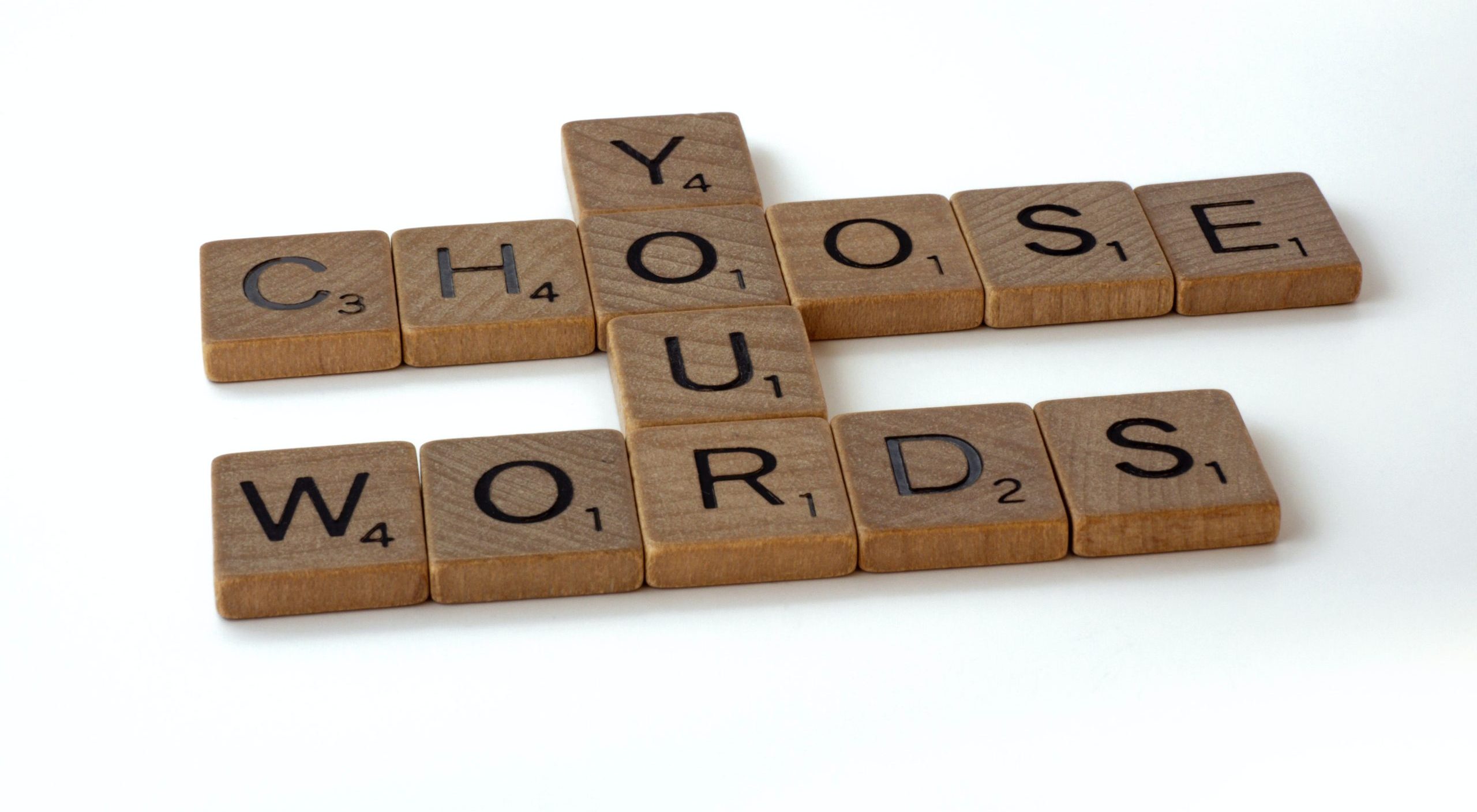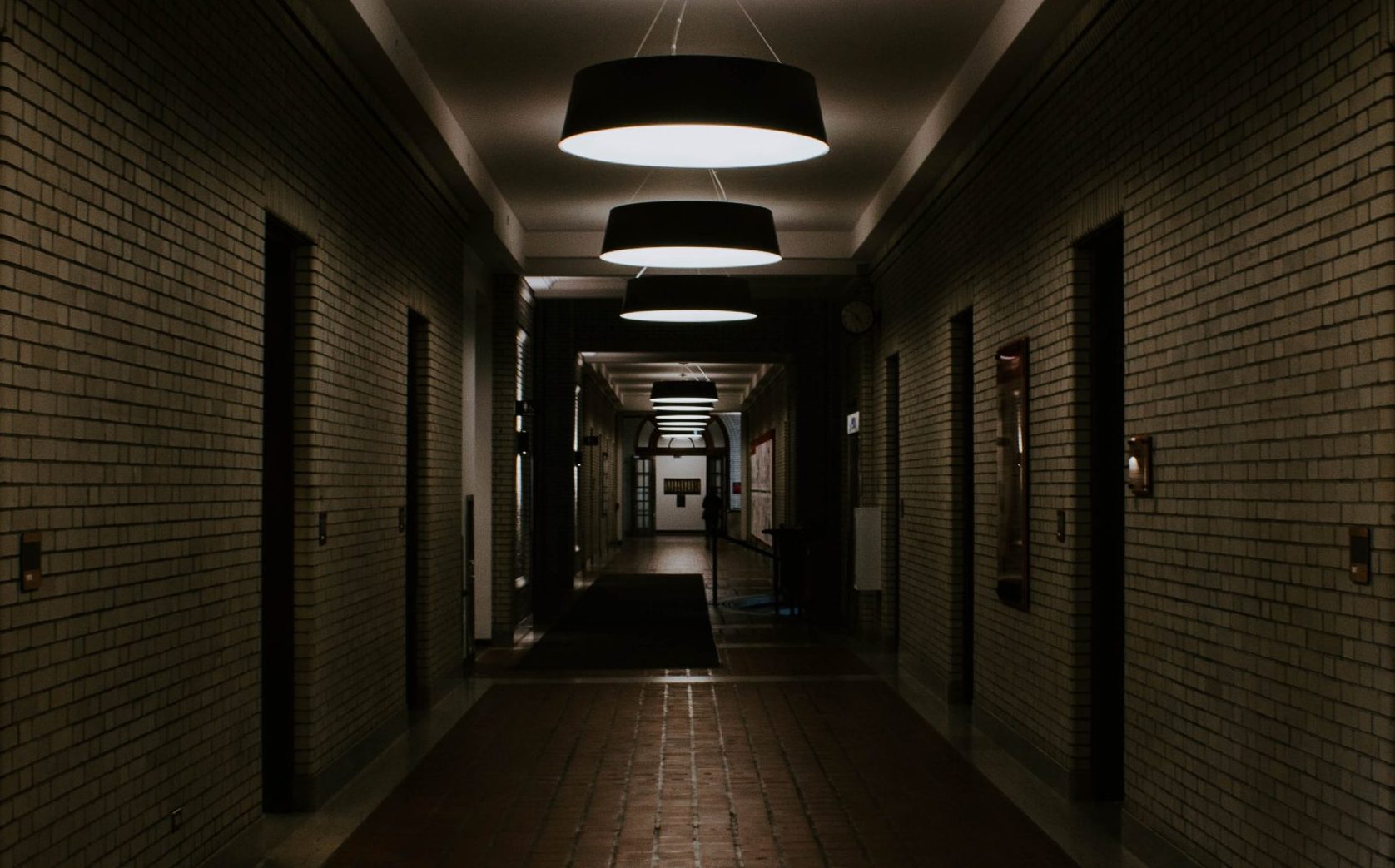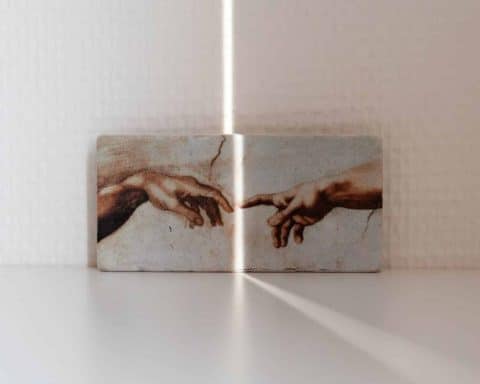Kenta Shimizu is a GP trainee who trained for two years at Hokkaido Centre for Family Medicine, Japan.
Junichiro Miyachi, Kotaro Sato and Koki Kato are academic GPs at The Academic and Research Centre, Hokkaido Centre for Family Medicine, Japan. Koki Kato is on Twitter: @kokikatokk
Introduction
The doctor-patient relationship is a solid foundation of patient-centred care. It alleviates patients’ feelings of isolation and suffering, leading to the restoration of wholeness that has been impaired by illness. This process is called healing.1 Although the doctor-patient relationship works in favour of promoting healing, it may not be sufficient.
We consider a range of wider relational changes brought by illness and considers how healing can occur through an imaginary case.
Case
Imagine that you are looking after a middle-aged man with cancer. The cancer is being treated palliatively. You provide continuing care and alleviated various pains associated with his illness. He feels reassurance from your care, and you realise the doctor-patient relationship has deepened. You also assume that he might experience healing and continue to live out his final days peacefully. However, suddenly, a home care nurse informs you that he feels anxious about continue to live at home. You thought it could not be.
He has problems in his family relationship. His wife, the primary carer, has been taking more and more time off work to care for him. She is sadly getting criticised at work because of her absence. As a result, she has gradually experienced physical symptoms such as headaches and insomnia, and their marital relationship has become strained. The deepened doctor-patient relationship has not restored the relationship with his loved one.
You also might have some experience like this. Healing is not something that can be easily achieved, but we can facilitate it by being aware of various levels of changes brought by illness. The following sections explore this further.
The deepened doctor-patient relationship can relieve patients’ anxiety and loneliness. Although this fundamental ground facilitates healing, it may not be sufficient. This is because the changes brought by illness extend to the people and environment surrounding the patient.
When a disease affects a person, the lower systems such as organs, tissues and cells are affected. The effects spill over to the individual and higher systems such as family and communities. All these changes together threaten patients’ wholeness. Healing is most likely to occur due to achieving a new equilibrium at all levels. Miller et al.2 propose the concept of the healing landscape and argue the importance of caring for all relationships around the patient in the living space.
However, repairing strained relationships is fraught with great hurt and difficulty. Unlike a technical challenge that can be easily solved, restoring strained relationships can be an adaptive challenge that requires people to let go of their pre-existing priorities, beliefs and habits, changing their identities.3 When patients face it, a safe and secure relationship, a holding environment, facilitate the adaptation.3 The good doctor-patient relationship can work as the holding environment.
The doctor-patient relationship as a resource for tackling adaptive challenges is often overlooked if one is unaware of the view of the healing landscape. It is only a necessary piece in reconstructing patients’ wholeness rather than a goal of our care.
Conclusion
The illness affects not only patients but also their various relationships. All of those together threaten patients’ wholeness. We cannot solve relationship problems brought by illness instead of a patient. Still, we can develop a relationship with a patient to face the challenges, looking after the relationships with those around the patient. The whole endeavour can lead to patients’ healing.
Acknowledgement
We thank Toru Nakajima and Tomomi Kuwabara at Hokkaido Centre for Family Medicine for their help in facilitating and deepening our discussion.
References
- Egnew TR. The meaning of healing: transcending suffering. Ann Fam Med. 2005;3(3):255-262. doi:10.1370/afm.313
- Miller WL, Crabtree BF. Healing landscapes: patients, relationships, and creating optimal healing places. J Altern Complement Med. 2005;11 Suppl 1:S41-S49. doi:10.1089/acm.2005.11.s-41
- Heifetz R, Grashow A, Linsky M. The Practice of Adaptive Leadership: Tools and Tactics for Changing Your Organization and the World. Harvard Business Review Press; Boston, MA: 2009.
Featured photo by Marc A. Sporys on Unsplash









[…] Relationships in healing […]
[…] Relationships in healing – BJGP Lifebjgplife.com […]